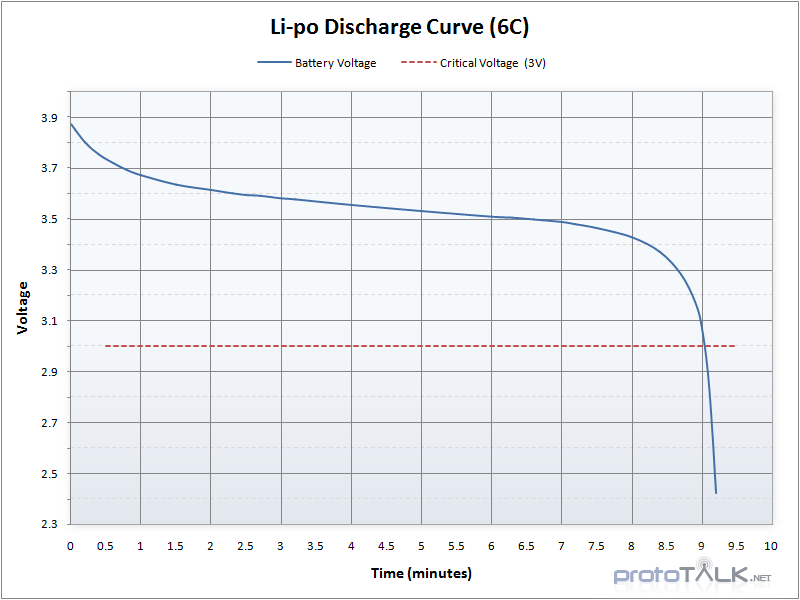have a read of this thread as to why you need to take your charging equipment seriously:
I think I killed that thread

Anyway there are rules for all batteries, but for lipo's the effects of ignoring the rules can be catastrophic.
Using a Lipo over NiMh is a night and day difference. Lipo's are just plain better, they have better capacity in a smaller form factor and they can deliver more amps faster.
Lipo is also a battery you have already dealt with, It's in your phone, tablet, laptop, vape, drill ect ect, It's unbelievably common.
So would a 7.4v lipo last a all day skirmish if charged correctly?
That depends on the battery and your trigger finger. I find about 3000mAh of capacity will last me a day of regular play in woodland using 3000 bb's. I always swap at lunch - it doesn't matter how many shots I've fired.
For me that is usually 2x 7.4v 2200mAh 35/70C batteries. Giving me 4400mAh.
You can mix and match to suit what you need so If you are looking at 1500mAh you will be looking to buy 2 batteries. If you are looking at smaller capacity than that then you will perhaps need to take a charger or pick up a 3rd battery. You could also be more frugal with shots. So instead of spamming 3000 shots you might find 1000 shots only requires 1 battery for all day, even in that situation I would want 2 batteries and I would swap at lunch.
When a lipo discharges it has a very distinct voltage curve. You get an initial drop that is pretty steep, but then it will level out and remain very constant for the majority of the discharge. Then all of a sudden the gun will start to slow down very quickly. This is the very last point you should take a battery to. Once you hit that final slowdown it is very important that you stop and swap. Never use a lipo to the point where it is fully discharged.... As when you come to charge it you may find it causes a nasty fire.... A good charger will tell you to fuck off if you try to charge a dangerously discharged lipo.
Looking after lipo's is pretty simply.
If they don't look perfect - Bulges - Torn wraps - Exposed wire - Crushed --- Dispose of them
If the charger tells you to fuck off --- Dispose of them
Use the correct charging mode.
Store them in protective cases, Separate from each other, And out of the sun/heat/water/moisture exposure. A shed is perfect - in something fireproof is even better.
Always keep an eye on charging lipo's. Charge them away from things that burn - a pan with a heavy lid or charge bag are good investments. Failing that charge them outside on a paving slab if you are unsure.
If you do everything safely it should be no more dangerous than charging your phone or battery drill.


